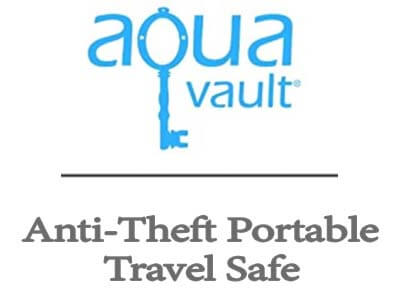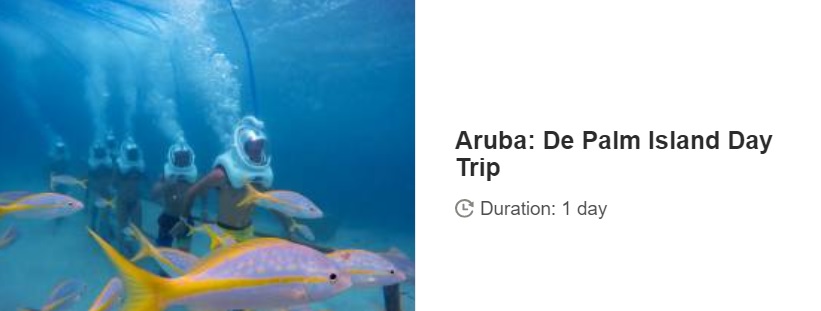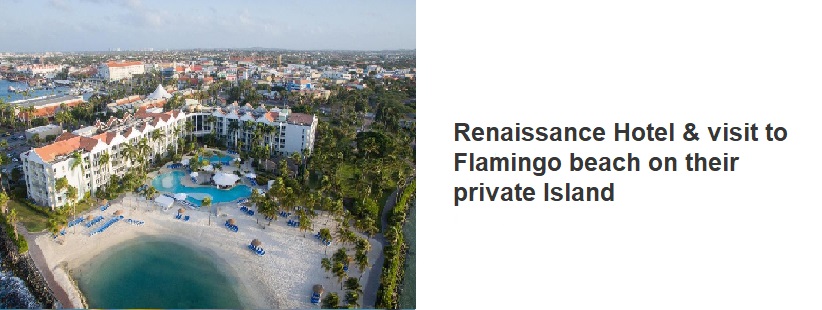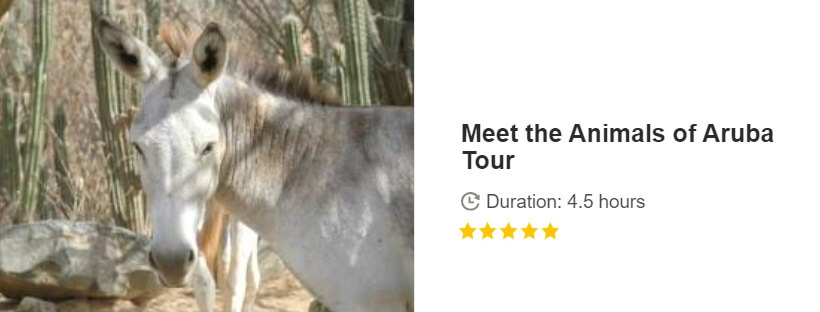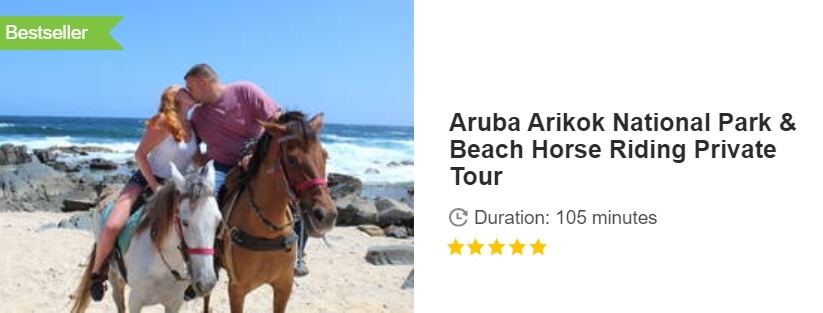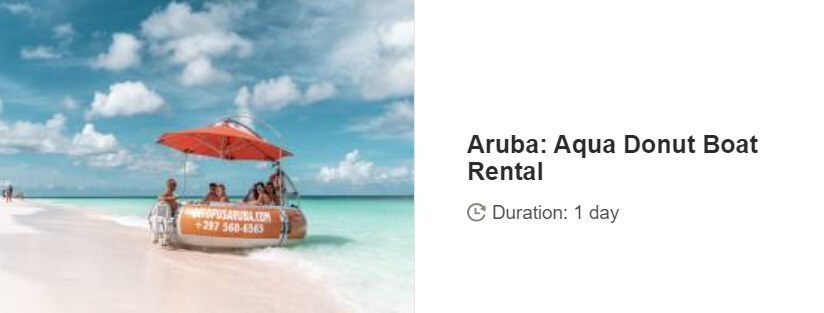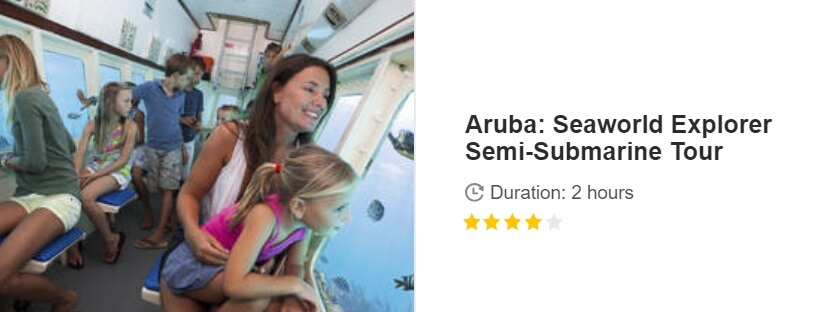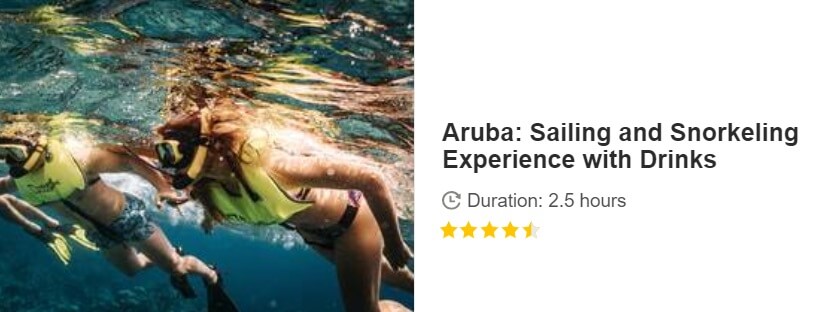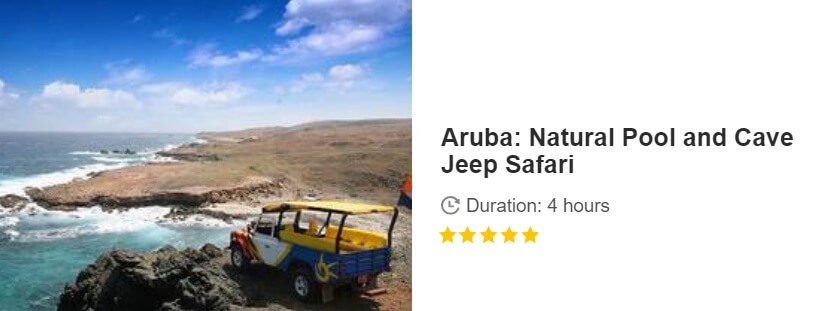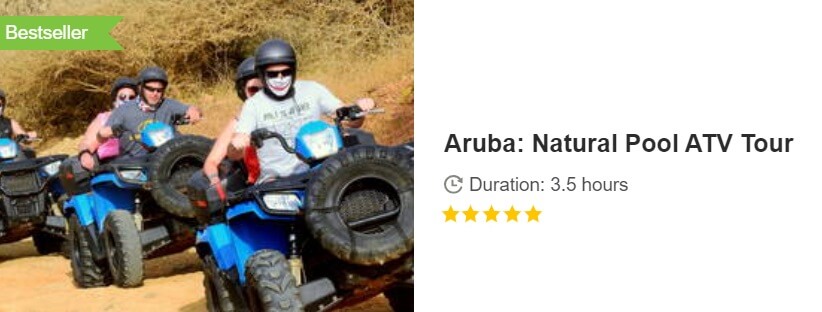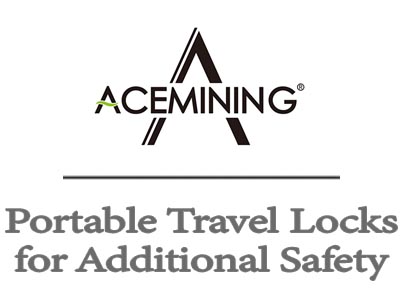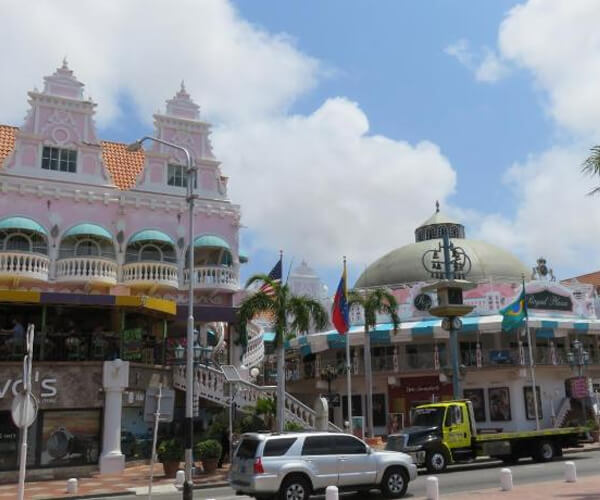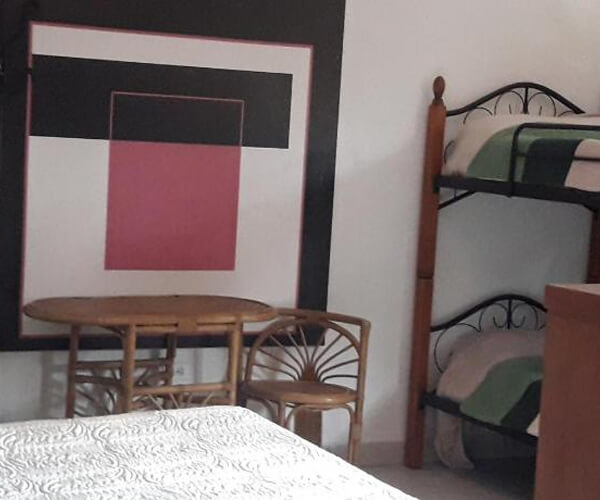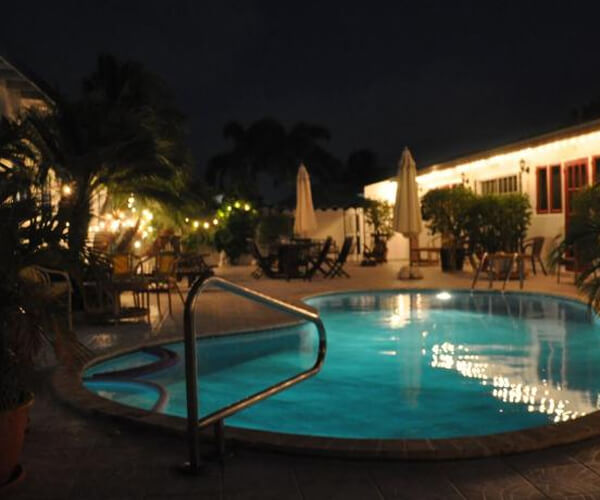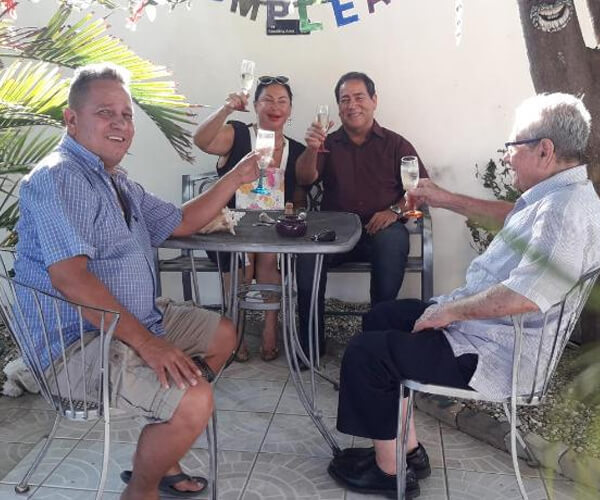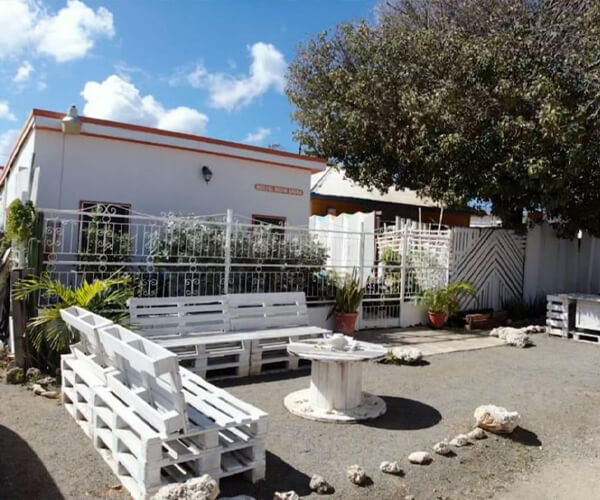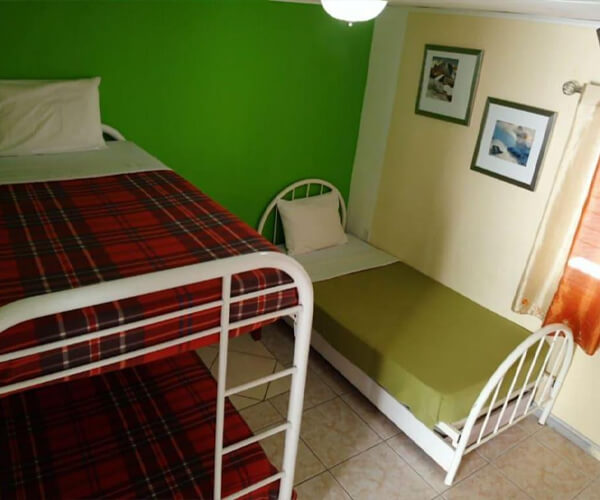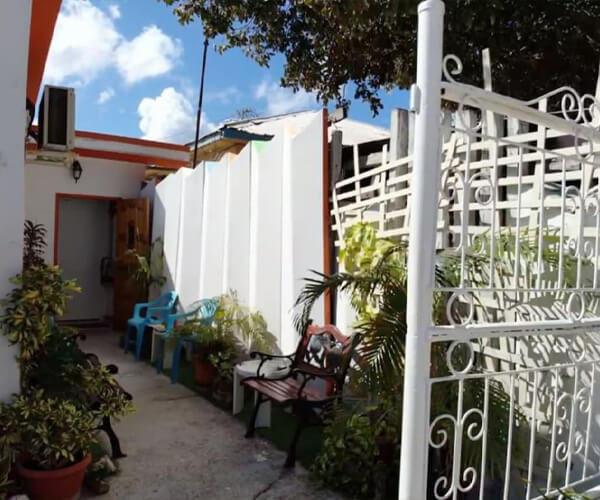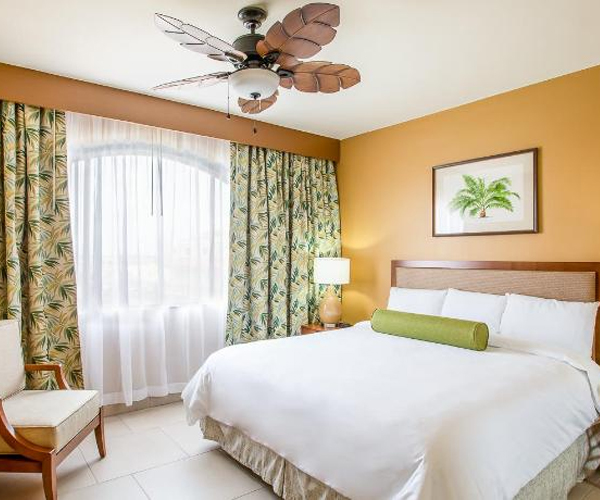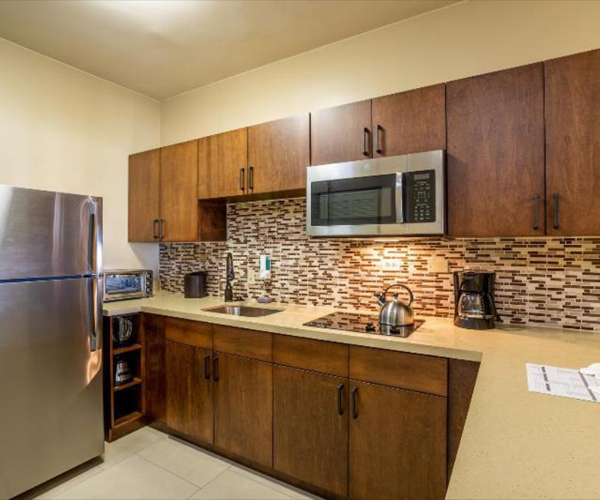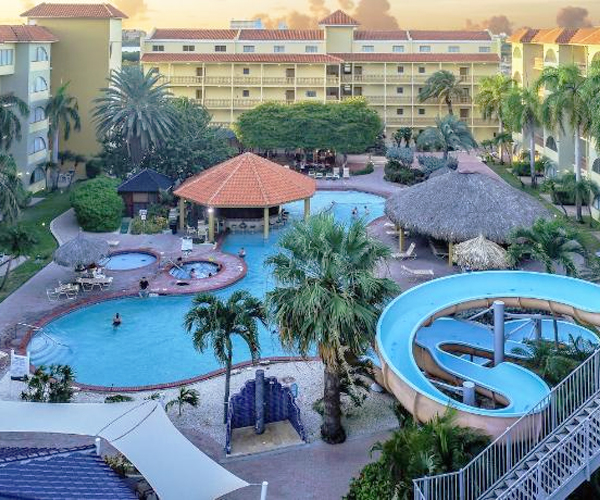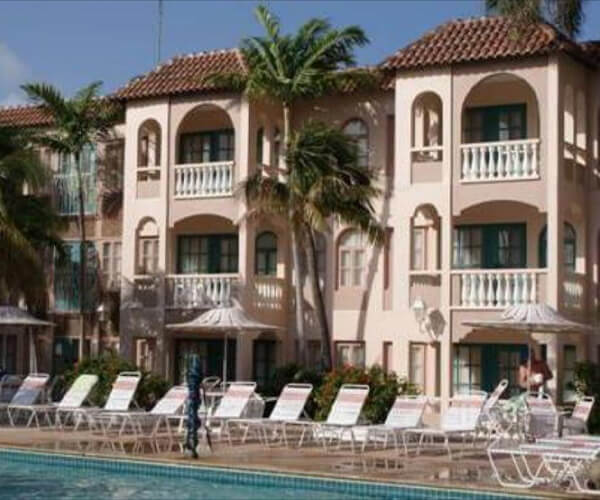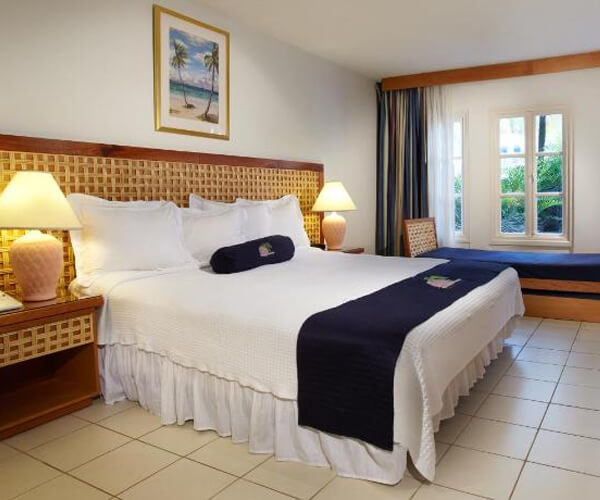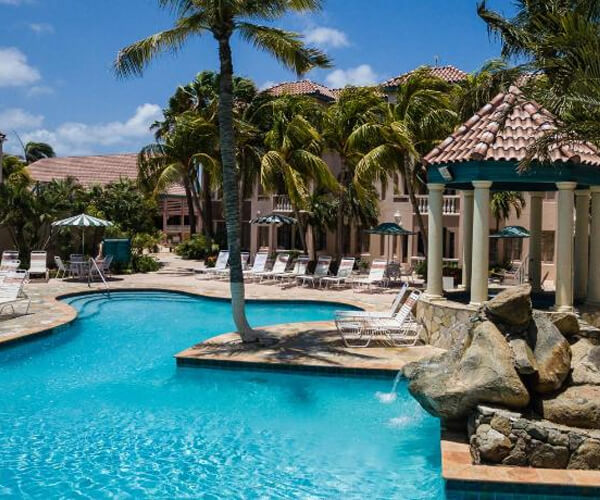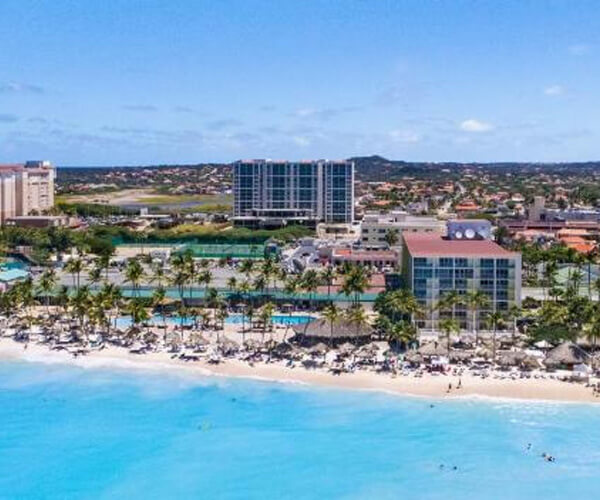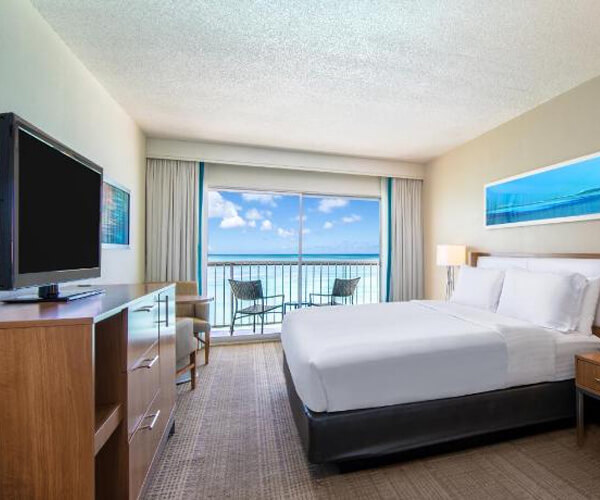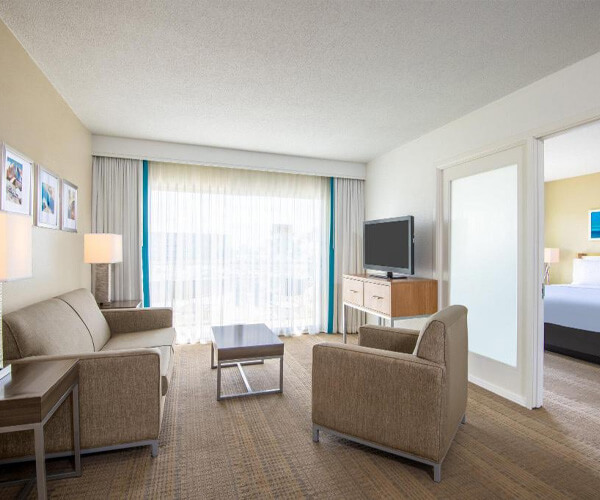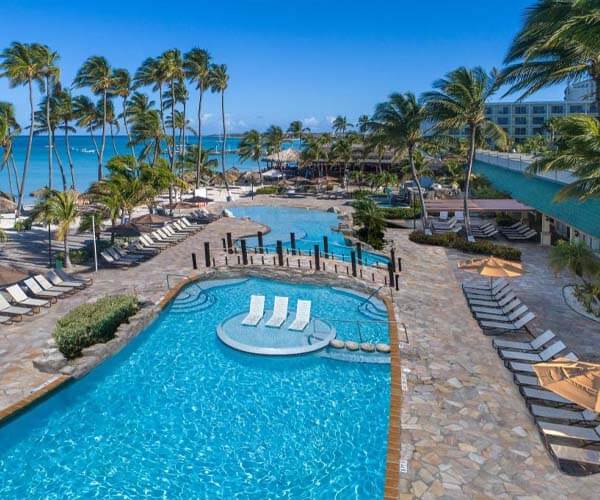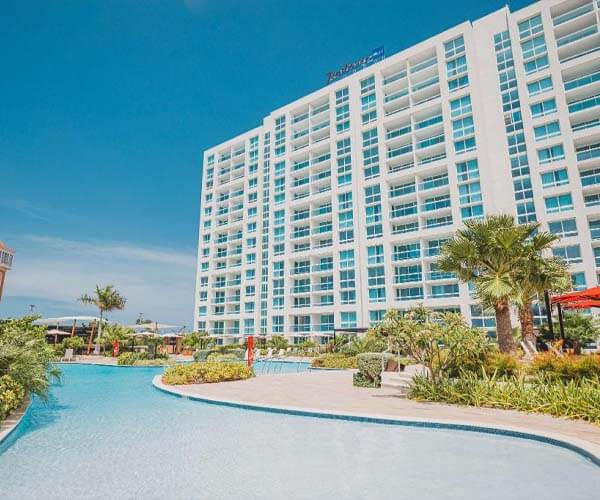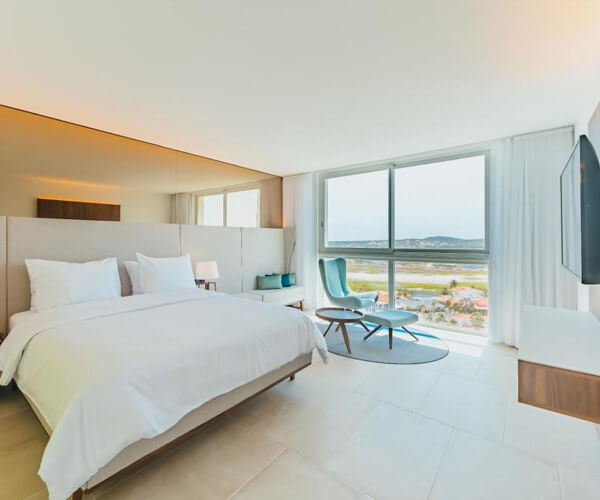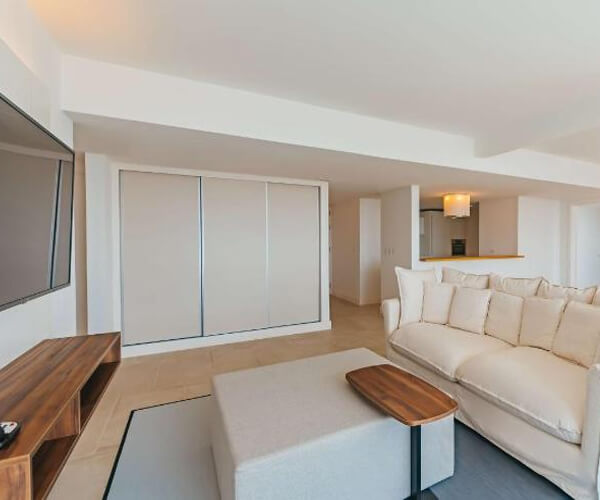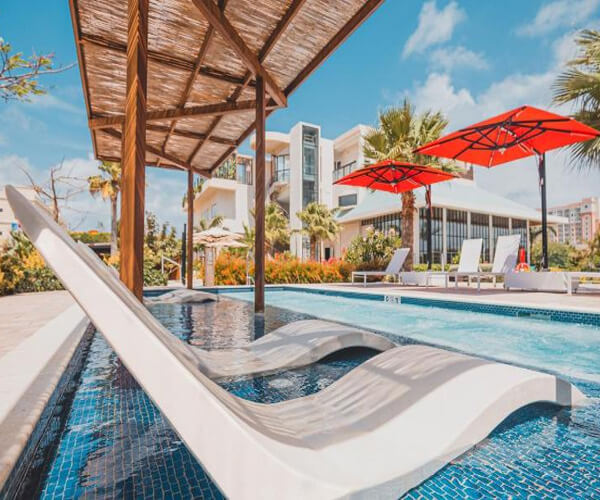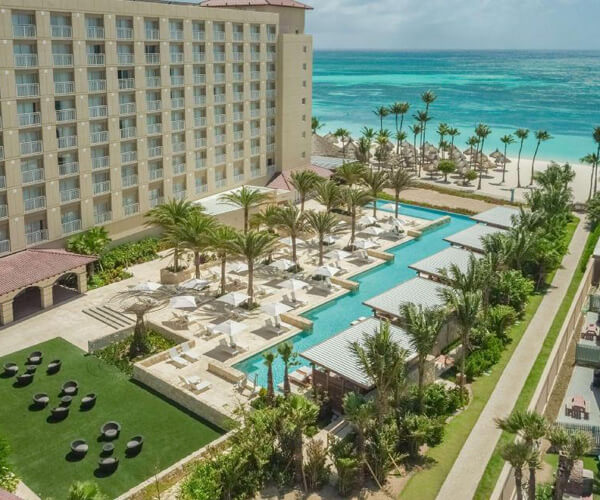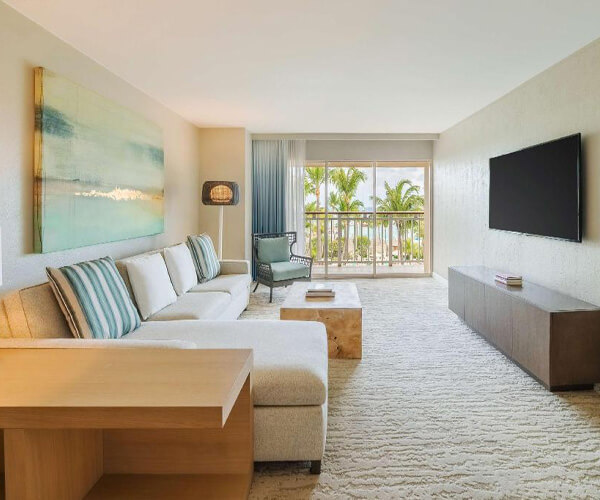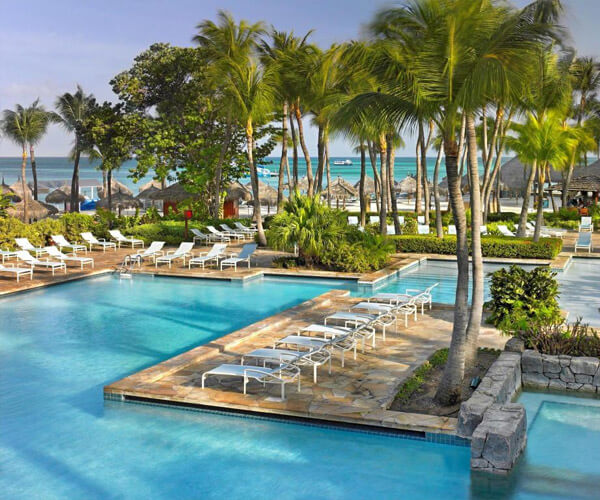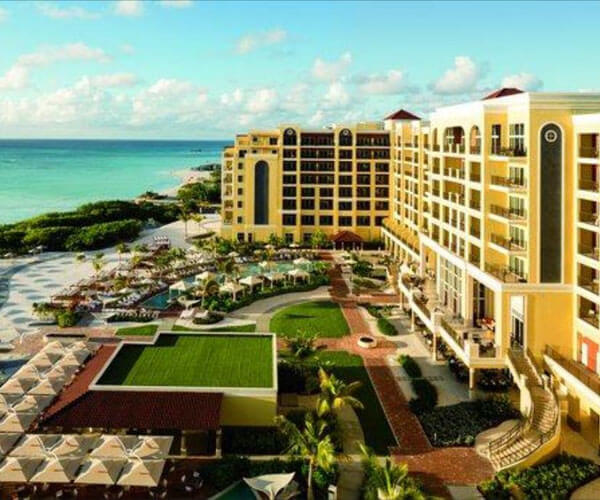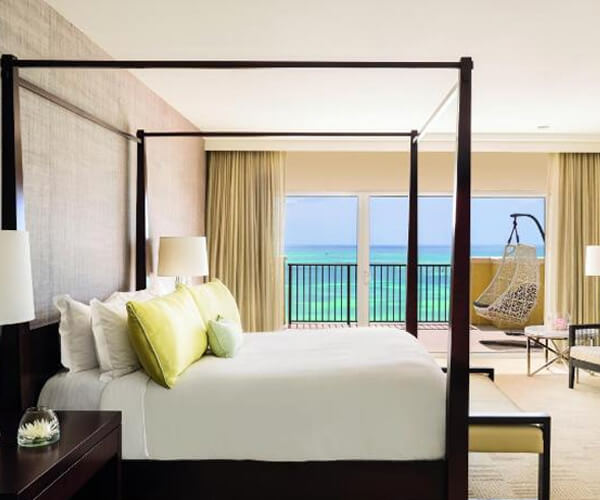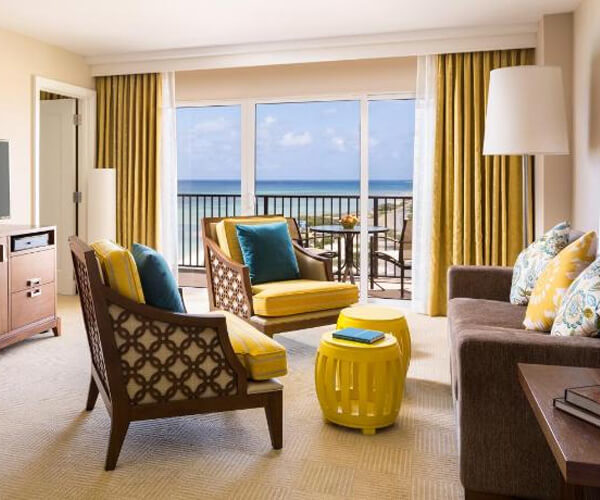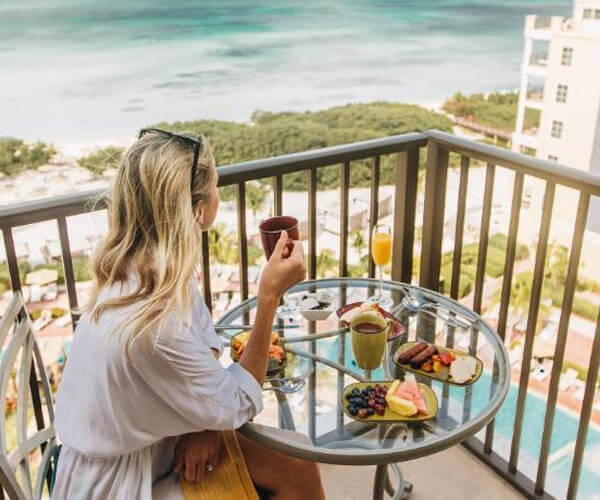
A Traveler's guide to
ARUBA
This post contains affiliate links. You can help support this site, simply by using my links when booking your accommodation or purchasing your gear. That way, I make a small commission at no extra cost to you – which helps in maintaining the site and keeping it clean of annoying ‘pop-up’ and ‘click-bait’ ads.
WHEN TO VISIT • VISA’S • CURRENCY • VOLTAGE • LANGUAGE • FESTIVALS • TOP THINGS TO DO • BEST BEACHES • HEALTH CARE • LAWS • SCAMS • SAFETY • ACCOMMODATION • TRANSPORTATION • WHAT TO PACK • GROUP TOURS • WHAT TO EAT • SUGGESTED READING • MONEY SAVING TIPS • FUN FACTS • FINAL THOUGHTS
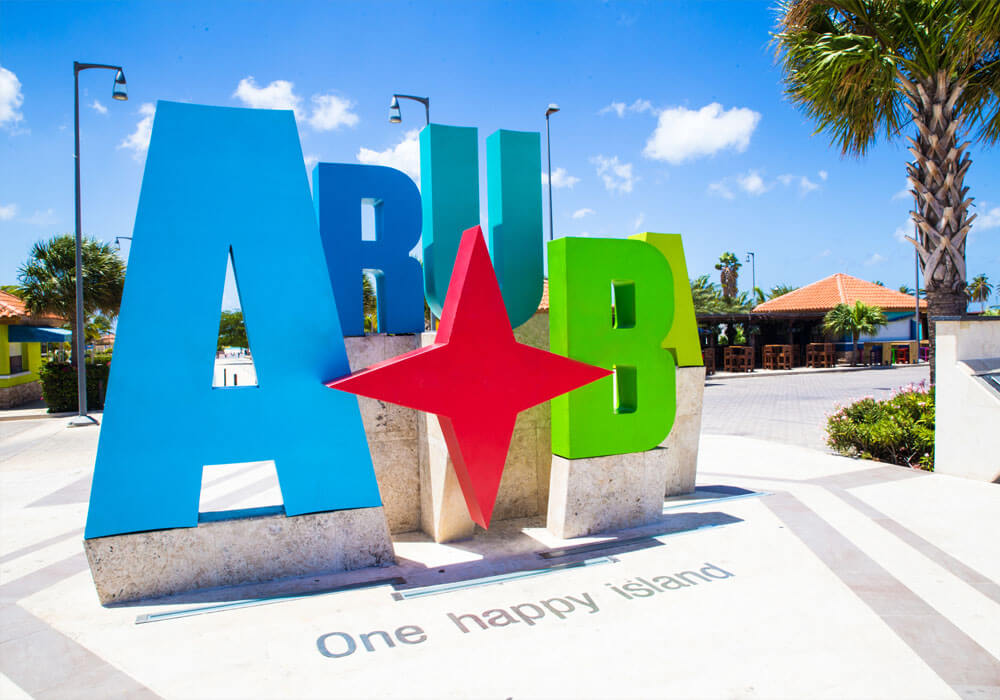
Aruba Welcome Sign
The tiny Caribbean nation of Aruba, a former Dutch colony, became its own country in 1986. It is one of the four countries that makes up the Kingdom of the Netherlands (along with Curaçao, St Maarten and, of course The Netherlands).
I visited while on a on a Caribbean Cruise and cannot wait to return to spend more time there, as it was by far my favorite port of call. Offering turquoise waters, white sandy beaches, pastel colonial architecture, friendly locals and loads of activities in a laidback atmosphere – it’s no wonder that Aruba’s slogan is “ONE HAPPY ISLAND”.
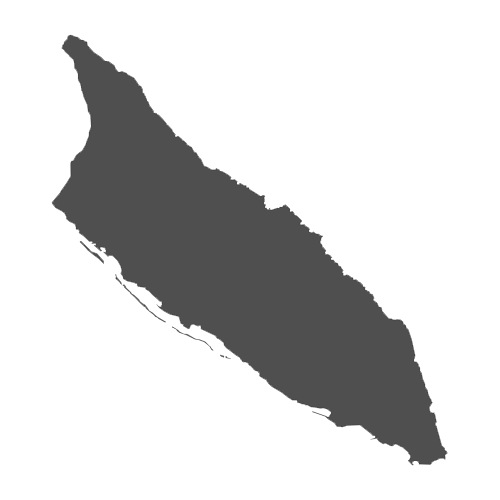
ORANJESTAD
Capital City

When to visit ARUBA?
There is really no bad time to visit Aruba. You could visit at any time of year and find nearly perfect weather. January through March is the peak season, with the clearest skies, but you will also pay far more for your accommodation during this time.
While the rest of the Caribbean worries about potential hurricanes, during the months of April through September, Aruba is not located in hurricane alley. During this period there may be the chance of a few stray showers but the weather is still good, with the benefit of far cheaper accommodation rates.
October through December brings more of a chance of showers, so if you are wanting the absolute sunniest, bluest skies possible – these may not be the optimal months for your visit.
PEAK SEASON:
January – March
SHOULDER SEASON:
April – September
OFF SEASON:
October – December
| Sun | Mon | Tue | Wed | Thu | Fri |
| +80° | +80° | +80° | +80° | +80° | +81° |
| +80° | +79° | +79° | +79° | +79° | +80° |
| Sun | Mon | Tue | Wed | Thu | Fri |
| +27° | +27° | +27° | +27° | +27° | +27° |
| +26° | +26° | +26° | +26° | +26° | +26° |

VISA'S FOR ARUBA
Traveling to Aruba does not require a tourist visa for US, Canadian, Australian, New Zealand, China or E.U. member citizens and many of Aruba’s nearby neighbors – for a stay up to 30 days. Dutch Nationals can stay automatically for up to 180 days. A great resource to know if you require a visa to visit any country is passportindex.org
For those of us who are not lucky enough to be Dutch and want to extend their stay, it is possible to apply at DIMAS for an additional 60 days (for a maximum of 90 consecutive days per calendar year).
In addition, many countries require travelers to have passports with at least 6 months of remaining validity as an entry requirement. Some require the passport be valid for six months from the date of entry while others require six months validity from the date of departure. Because this can change (for example some countries will accept 3 months) it’s always best to check the current passport validity requirements, before booking your trip to Aruba.

CURRENCY IN ARUBA
The Aruban ‘FLORIN’ is divided into 100 cents and there are coins of 5, 10, 25, 50 cents, 1 florin coin (100 cents) and the 5 florin coin (500 cents). Aruba’s best-known coin though is the ‘square shaped’ 50 cent coin – which makes a great souvenir. Banknotes come in denominations of 10, 25, 50, 100 and 200 florins.
Travelers can also pay for most things at most places in U.S. dollars and you’ll often be asked which currency you would prefer to pay in? Major credit cards are also accepted widely with valid ID (which is the law to be carried on you at all times).
Money exchanging tip
Banks will exchange most common foreign currencies (such as euros) although I find you always get a better exchange rate withdrawing from BANK ATM’s. Don’t worry though, its not hard to find an ATM and they dispense money in either florins or U.S. dollars. If desperate, you can always follow the flashing lights to the nearest casino (there are LOTS located on the island) and the odds are in your favor, that there will be an one at the entrance – but these ATM’s will certainly not have the best exchange rates.
*NOTE: If an ATM or a POS (payment terminal) ever offers to convert the charges to your home currency, always refuse this option. This is called ‘Dynamic Currency Conversion’ and the exchange rate will be considerably lower, so just choose ‘no’.
How to keep your valuables safe?
One of the most important aspects of travel is keeping your personal belongings safe. Not many things can ruin your trip like theft can. I personally do this by carrying all valuables in my ‘anti-theft’ carryon backpack while my boyfriend has a secret cash stash in his money belt.
Another important thing to think about in Aruba is how to keep your valuables safe on the beach, because quite frankly that is where you’ll probably be sending a lot of time, right? I love my portable vault that I can simply attach to my beach chair or table for peace of mind, when I take a dip in the sea or the pool. Another creative way is to hide your stuff in plain sight with these fake sunscreen bottles or my ultimate DIY trick; wrap it up in baby diaper to look used. You can bet your bottom dollar nobody’s running of with that 😀 Just make sure no one sees you do it!

VOLTAGE IN ARUBA
Like in the U.S., Aruba uses 110-120 volts with a standard frequency of 60Hz, using power outlets and plugs of types A, B & F. You can use all your equipment in Aruba if the outlet voltage in your own country is between 100V-127V.

Ensuring that you have the right plug when traveling is super important, especially with the voltage compatibility. Just because you can fit it in the hole, doesn’t always mean that you should! By using the wrong voltage not only can it be extremely dangerous, but it could destroy your appliances and/or electronics. As voltage can differ from one country to another you may need to use a voltage converter while in Aruba.
I travel to a lot of different countries and never leave home without my universal power adapter. There are lots on the market but this one covers every region of the world, comes with USB ports, is super cheap and light weight. That’s everything you will ever need in an adapter and you’ll have the peace of mind that you won’t fry your devices.
Another thing I never travel without is a portable power bank. I’ve had a few so far but the best performing one, without a doubt, is the Anker PowerCore. It’s small, lightweight, comes with 3 USB ports and one battery life is capable of fully charging your phone multiple times before it needs another charge.

LANGUAGE IN ARUBA
There are 2 official languages in Aruba – Dutch and Papiamento (a local creole language that combines European, African and indigenous American languages). English is widely spoken, especially in the tourist areas, so you should have no problem communicating.
I believe that learning a language (or at least trying to) is a big part of traveling well and I always recommend learning some basic words and phrases in any country that you plan to visit. I find that the locals always appreciate your effort and it can be a truly rewarding experience.
If you would like to learn a little of the local language, I have compiled a few basic Dutch words.
• HELLO: Hallo
• YES: Ja
• NO: Nee
• THANK YOU: Dank u
• SORRY: Bedroevend
• GOODBYE: Afscheid
• DELICIOUS: Heerlijk
• WASHROOM?: Wasruimte
• ONE – TEN: 1.één 2.twee 3.drie 4.vier 5.vijf 6.zes 7.zeven 8.acht 9.negen 10.tien
Interested in learning Dutch?
Or any other language for that matter… If you really do want to challenge yourself further and learn more than just the basics, I strongly recommend checking out the language learning program uTalk. It’s super fun, interactive and available in 140 languages. I am using it myself currently to learn Croatian.
Alternative ways to communicate
Not being able to communicate while traveling can be frustrating but remember that this is your problem, not theirs. Raising your voice doesn’t magically make people understand English.
Even if your language skills aren’t up to par there are still a few other ways to communicate. You can try with miming, images on your phone or by pointing at symbols on my universal symbol travel tee.
It has 90 useful icons that come in either black or white print, with multiple shirt colors for you to choose from.
Of course, there is always Google Translate you can use, which is ok for a quick translation but if you want to translate speech and to have any meaningful conversation, it’s useless. That’s where an electronic translator comes in.
Thanks to artificial intelligence ,what once seemed like science fiction now has became a reality. The CheetahTALK is not only sleek and easy to carry around, at the press of just one button it provides extremely accurate and instant 2-way conversations.

FESTIVALS IN ARUBA
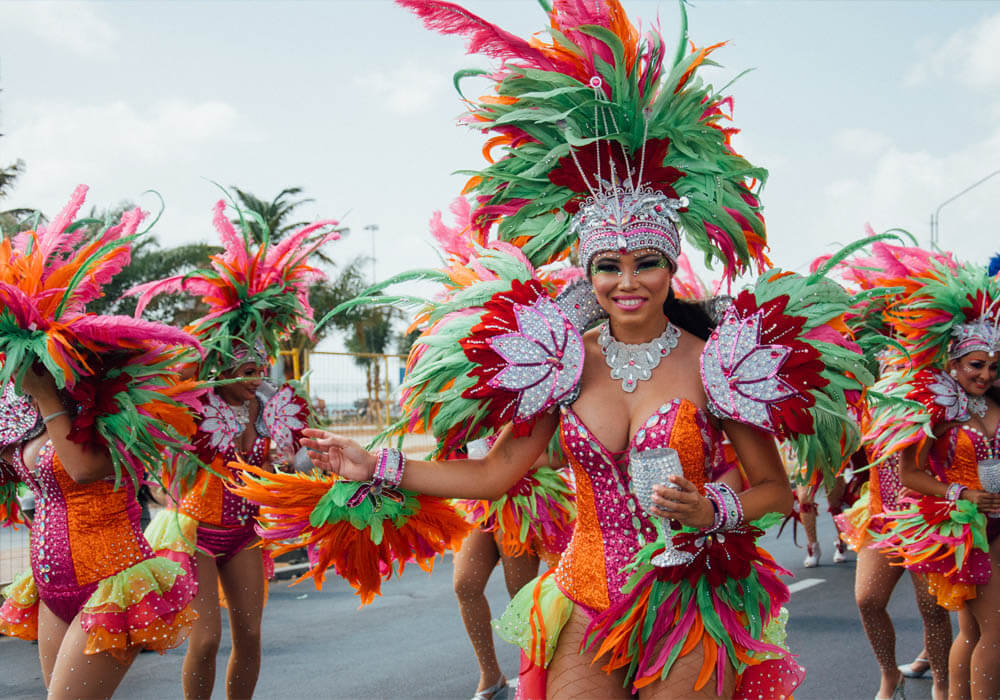
Carnival
Aruba, due to its mixture of various nationalities and religious beliefs, holds a number of unique festivals and celebrations throughout the year. One of Aruba’s most famous event is the Aruba Carnival, which includes weeks of events, parade floats, music and colorful costumes and is great fun for all ages! Here are a few noteworthy festivals and celebrations, that you won’t want to miss out on when visiting Aruba;
CARNIVAL (January - February)
Carnival in Aruba is an electrifying high energy tropical Caribbean party, that is the most anticipated event of the year! Full of pageants, glittering costumes, colorful floats, music competitions and street parties – it begins on January 1st and runs until the start of lent, with the Grande Parade in Oranjestad, always taking place on Shrove Sunday. Carnival is Aruba’s biggest event of the year!
NATIONAL ANTHEM & FLAG DAY (March)
Every March 18th in Aruba you can expect lots of flag-waving, national pride, folklore presentations and firework displays. This national holiday dates back to 1948 when the former leaders presented a petition for independence to their Dutch masters, which took almost 40 years to achieve.
ARUBA SOUL BEACH MUSIC FESTIVAL (May)
Big name music acts from around the world perform on the stage at the Havana Beach Club, over two days and nights in late May (Memorial weekend). This star-studded event have included the likes of Alicia Keys, Toni Braxton, MJ Blidge, Chaka Khan and other renowned rhythm and blues performers. This festival also includes comedy performances, beach parties and plenty of late-night club events.
DERA GAI (June)
Dera Gai is an Aruban cultural ‘harvesting of the crops’ festival, with traditional storytelling, song and dance. Dera Gai, which translates to ‘burying of the rooster’ in the local language is centred around an unusual ritual. A hole would be dug into the ground burying the rooster up to its neck and blindfolded competitors would then be given 3 tries to decapitate the rooster with a long stick – believing that the spilling of the blood would fertilize the earth for the next growing season. Today, a more humane approach is taken and thankfully involves no rooster or spilt blood – it’s more of a find the flag blindfolded affair. The symbol of the rooster and the bright red and yellow costumes are still central to the festivities and can be seen at various locations, throughout the island, every June 24th.
HI WINDS KITESURFING & WINDSURFING TOURNAMENT (July)
In late June or typically early July, the top Windsurfers and kiteboarders from around the world flock to Hadicurari Beach (next door to Palm Beach), to take advantage of the trade winds that skirt the island. This annual international competition was introduced in 1987 and has since grown to be the best known water sports event in the Caribbean. Organizers work over these 5 days, putting on activities to keep everyone happy including; parties, music, shows and lavish dinners.
ARUBA HEINEKEN CATAMARAN REGATTA (November)
This international catamaran regatta decorates Aruba’s turquoise waters with impressive yachts from all over the world, for this highly anticipated race (located off Palm Beach). There is also a reef protection initiative at the same time, which many activists and local volunteers round up as many people as they can, to help clean the beaches of the island from debris.
BON BINI FESTIVAL (Weekly)
Can’t make it to Aruba for one of the organized festivals? No problem, every Tuesday evening (between 7pm – 8:30pm) you can visit historic Fort Zoutman in Oranjestad, which takes place rain or shine. For just $5 you can enjoy traditional dance and folklore performances, purchase local arts and crafts, while enjoying local foods – ensuring whenever you visit, you don’t miss out on experiencing Aruban culture.

TOP THINGS TO DO IN ARUBA
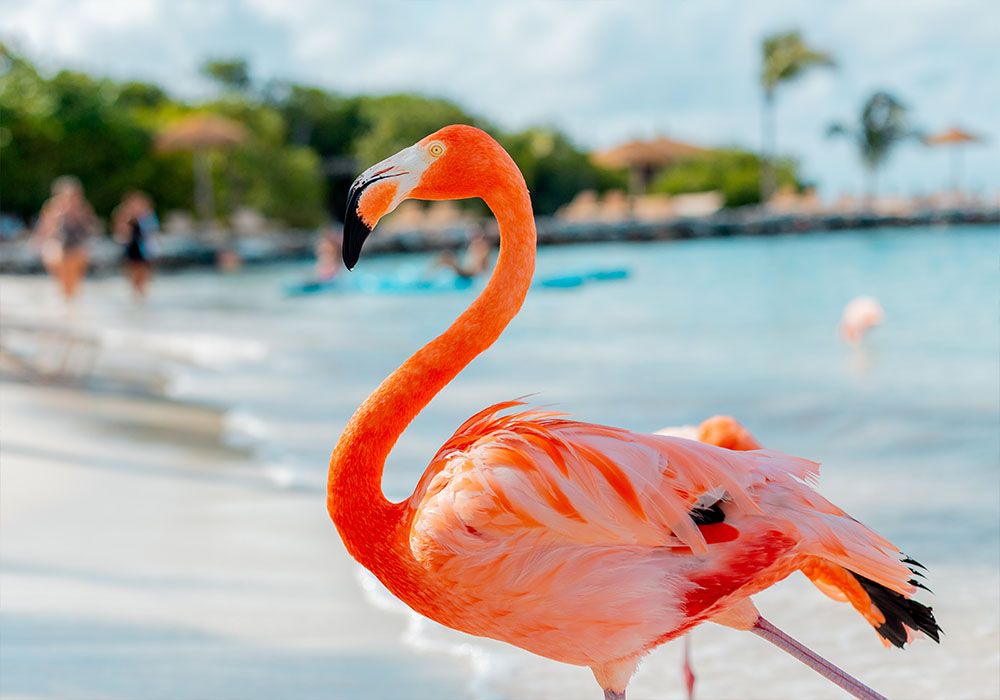
Flamingo Beach
GET UP CLOSE AND PERSONAL WITH FLAMINGOS
Few places in the world are there, where you can get up close and personal to a flock of flamingos, let alone take-selfies with them! Luckily in Aruba there are two options for you to spend quality time with these gorgeous pink-feathered birds.
The least expensive option is to take a day trip to the family friendly ‘De Palm Island’ and spend a day in paradise, enjoying all-inclusive access. You can snorkel, zip-line, ride a banana boat ride, visit the water park and relax with authentic Caribbean fare and drinks. There are also luxury cabanas that can be rented (which include a private server, bottle of champagne, loungers, an outdoor shower and towels). It is here that you can gain access to the private beach and socialize with the ‘pastel’ pink flamingos – which are fenced off from the other guests.
The more expensive option to interact with flamingos in Aruba, is on the idyllic ‘Renaissance’ Private Island. There is a catch though to see the prettiest ‘fluorescent’ pink flamingos you ever did see, and that is you must be a guest (of this rather pricy hotel). However, if you book a room at this property not only will you have access to a world first-class private beach and impeccable service – you can mingle, hand-feed and take selfies with the resident flamingos – to your hearts content!!!
MEET THE OTHER ANIMALS OF ARUBA
One of my favorite activities I participated in and something I try to do (as an avid rider) in every destination I visit, is to go horse riding. I was lucky enough and highly recommend, no matter your skill level, to go horse riding on the beach in Aruba – it’s truly unforgettable!
Visitors to Donkey Sanctuary Aruba can have a good time getting to know the resident donkey’s. Founded in 1997 as a non-profit and completely volunteer run organization, their mission is simple: save the donkey’s. Although not originally native to the island, they have existed here for 500 years having been the primary mode of transportation until cars were introduced.
Aruba Ostrich Farm is also definitely worth a visit – as the name implies, ostriches await tourists here. Visitors are encouraged to partake in a guided tour of the farm, inhabited by both ostriches and their flightless relatives, emus. The tour provides the opportunity to learn about these amazing creatures, through detailed information as well as personal encounters with the birds.
At Philip’s Animal Garden tourists can see snakes, monkeys, camels, rabbits, goats, ostriches and various birds. It is worth noting that almost all animals on the farm are not caught but saved. As a world-class shelter and rehabilitation center ‘Philip’s Animal Garden’ offers up interactive and educational tours, where you can enjoy an up-close and personal experience with over 50 species of exotic animals from around the world. Visitors are invited to see, touch and even feed some of the garden’s inhabitants.
A convenient option to visit the Ostrich Farm, Philip’s Animal Sanctuary and the Donkey Sanctuary (where apart of the proceeds will be donated to the animal sanctuaries) is to take this tour that takes you to all of them.
ENJOY ON THE SEA
Aruba’s trade winds make for perfect sailing conditions. There is certainly no shortage of options to lift anchor, hop aboard and set sail. No matter which vessel you choose, you can enjoy swimming, snorkeling, music, food, drinks or simply just take in the gorgeous Caribbean scenery and relax.
Head out on an adventure on an aqua donut; a circular floating device powered by a motor, shaped like that deep-fried, glazed treat we all love to indulge in from time to time. Glide across the glistening waters, catch some sunshine, take a refreshing dip in crystal clear turquoise water and lounge aboard under the umbrella’s shade. You are the captain and can operate the aqua donut alone (without a sailing license) as apparently it cannot sink, even when full of water – good to know!
Ever fancied sailing on a pirate ship? Well, if so I can’t imagine anywhere better than on the Caribbean sea! Live out your ‘Pirate’s of the Caribbean’ fantasy – all while enjoying an open bar (I suggest the rum), snorkeling over a shipwreck and swinging overboard on a rope swing. Aha, matey…
DISCOVER BELOW THE SEA
If you think the crystal-clear turquoise water of the Caribbean sea is beautiful from above, you definitely need to see it from below! Luckily in Aruba there are two perfect options to do exactly this and with this first one – there’s no need to even get wet!
Explore the reef as is only possible in a submersible vessel, voyaging 130 feet under the sea, on a submarine. Feast your eyes on the technicolor displays that will surround you, marveling at lush coral reefs, colorful sea vegetation, tropical fish and passing by shipwrecks (as your expert guide narrates the sea life you pass) while relaxing in comfort.
Another awesome way you can explore under the sea is by grabbing a mask and snorkel, to discover the tremendous diversity of colorful fish, other marine life and the Antilla shipwreck – which is very accessible to snorkelers and is truly an unforgettable experience.
EXPLORE BY LAND
There is a lot on the Island of Aruba to discover, so why not get off the tourist beaten path and onto a real beaten path? Arikok National Park is a national treasure and accounts for 20 percent of the entire Island.
You can observe its arid desert landscape, the local wildlife (including giant lizards), explore caves, arawak drawings, sand dunes, dramatic waves and the impressive limestone cliffs that populate the area, or cool off in the natural pool.
Although it is possible to rent a vehicle and explore on your own, by far the best way to experience all of the highlights is by getting a little dirty and hopping on an ATV or a 4×4 Jeep safari guided tour + you’ll get the bonus of the local hospitality and knowledge.

BEST BEACHES TO VISIT IN ARUBA
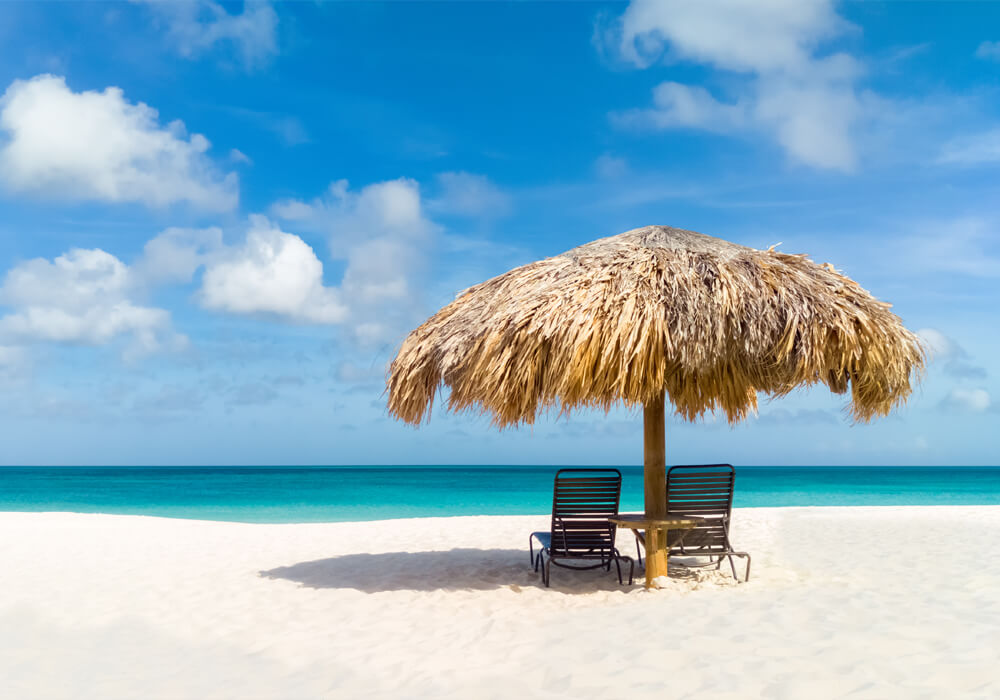
Aruba beach
One of the best things to do in Aruba is to relax on its breath-taking beaches and soak up the sun. The unique crushed coral and shell composition of Aruba’s fine, powdery white beaches keeps the sand comfortably cool, even during the hours when the sun is most intense. That means long walks along the shoreline are perfect at any time of day…footwear not required! Check out these top beaches in Aruba (and the best part – they are all FREE);
EAGLE BEACH (Best White Sand Beach)
Located in a neighborhood of Oranjestad, famous for its many low-rise resorts, Eagle Beach is open to the public 24/7 and is truly one of the best places to spend a day relaxing in Aruba. Boasting the widest beach in Aruba and famous for its gorgeous soft white sand and turquoise water, it no surprise that it is rated as one of the best beaches in the world.
Eagle Beach offers beautiful Caribbean ocean views, ample parking, shaded areas, a variety of water sports and beach huts – plus plenty nearby restaurants, should you get hungry.
It is home to two of the most photographed ‘fofoti’ trees, which have starred in various Aruba advertising campaigns as unique and highly recognizable. Eagle Beach is also a favorite nesting site for four different species of sea turtles (beginning their nesting season in April, with hatching continuing into December).
PALM BEACH (Best Swimming Beach)
Palm Beach is where most of the action is at and certainly the best spot for people-watching. This is where most of the high-rise resorts and casinos call home, so this is going to be one of the busiest and noisiest beaches on the island. This stretch of soft white shoreline and tranquil water is also perfect for swimming and snorkeling, as it has calmer water and less waves.
Most of the hotels will allow you to change in their lobby bathrooms and they sift the sand daily to get rid of pebbles and sharp shells, ensuring the beach as soft as talcum powder. As you walk along the shoreline, you can wander through the splendid gardens of the beachfront resorts, watch the thriving bird and iguana life and stop for a cold tropical drink (or two) at one of the many open-air bars.
BABY BEACH (Best Kids Beach)
Indulge in shallow, crystal clear water at Baby Beach, in the southern part of Aruba (close to San Nicolas). This gorgeous half-moon sandy bay is a prime beach destination for swimmers who like to wade out for a long distance and still touch the sea bottom and of course families with children.
Where the bay opens out to the ocean, Baby Beach also offers another perfect location for snorkeling. Snorkel gear, beach beds and windscreens are available at a rental fee, while complimentary huts are placed along the beach to protect you from the sun.
Baby Beach does not have a lot of services but does offer a refreshment stand where you can enjoy a hamburger or hotdog and Big Mama’s Grill offers a wider range of BBQ items, as well as seafood platters.
BOCA GRANDI (Best Kitesurfing Beach)
A long stretch of white sand, steady trade winds and challenging waves make Boca Grandi an absolute paradise for advanced kite surfers and enthused spectators. However, be aware that the current is extremely strong here, so swimming is strongly discouraged.
This is also a beach for beachcombers to discover all kinds of driftwood, corals and curiosa that the ocean brings to shore. There are few facilities on the beach but recently a beach bar was added, providing a laid-back atmosphere and chilled drinks. A bright red giant anchor marks the entrance to the beach and makes for a perfect photo op, with a gorgeous backdrop.
ARASHI BEACH (Best Snorkeling Beach);
Located at the island’s northwestern tip, Arashi Beach boasts gentle currents, elkhorn coral and an abundance of underwater life – making it the best spot for snorkeling.
Arashi is popular with the locals and is an excellent location for sunbathing and watching the spectacular Aruban sunsets – it also offers beach huts, showers, lounge chair rentals, a fun snack bar – all with a lovely view of the tourist attraction ‘The California Lighthouse’.
To the left of the main beach, you will find the waters teeming with Sargent Majors, Wrasses, Parrotfish and schools of Blue Tangs. In fact, the area is a favorite anchoring spot for the snorkel boats and my guess is that these boats feed the fish because you will soon find yourself surrounded – if you enjoy snorkeling this is a must visit spot in Aruba!

HEALTH CARE IN ARUBA
With the risk of trying not to sound like your mother, travel insurance is one of the most important investments that a traveler can make. Travel insurance assumes particular importance while travelling abroad simply because of the number of risks associated with it.
Aruba has several excellent medical centers and a state-of-the-art hospital to handle any emergency during your vacation. It’s also interesting to note that most hotels also have a general medical practitioner and a dentist on call.
In case of emergencies, one pharmacy in each district is open for 24 hours (on a rotating basis) BUT they cannot fill a prescription from a doctor that does not practice on the island. If you need to re-fill an existing prescription in Aruba, you will need to see a local doctor first.
Life happens and horrible things can occur that are out of our hands and bad things can happen everywhere, even in the safest of places. You could get bitten by a venomous rattlesnake (a small but real possibility in Aruba), get hit by a car, fall down a flight of stairs or have your bag snatched from you!
What Travel Insurance Company to Choose?
These are the best companies that I have thoroughly researched, used myself and highly recommend:
Safety Wing – it’s the cheapest, they cover all types and durations of travel – perfect for digital nomads, they have covid-19 in it’s policy, you can purchase or extend even if you’re already on the road and they cover up to age 69.
World Nomads – they cover everything previously mentioned by Safety Wing however become the cheaper option between age 39-69, cover the more adventurous and dangerous activities (such as scuba and sky diving) and also the loss of electronics.
After age 70 (not that I have obviously used them myself) my research has shown that Insure My Trip is most likely is your best option, in both excellent coverage and price.

LAWS IN ARUBA

Aruban Flag, Lady Justice
Every country is different and something that is legal in your country may not be legal in Aruba. For example, public nudity is a punishable offence (sorry, no nude beaches here) – a stark difference from countries like Germany (where the Germans aren’t body shy and it’s common to find people stripping down in nude spaces) so it is very important to keep this in mind.
The legal drinking age in Aruba is 18 and while drinking alcoholic beverages is allowed on the beaches, be sure to remove all empty containers – as the Aruban authorities are very strict about their littering laws.

SCAMS IN ARUBA
Aruba is considered one of the safest countries in the Caribbean however, like any major tourist destination, there are tourist targeted scams and petty crime to look out for.
The Beach Fee Scam;
A local blocks your path to the beach and requests an entry fee – don’t fall for it. All of Aruba’s beaches are free to the public, but loungers and palapas (shade huts) provided by the resorts are for guest use only. If you use them at a hotel other than your own, expect to be charged.
The Time-Share Scam;
A local passes you a scratch card and you win (spoiler – everyone wins!!!). To redeem this prize however, you will be required to attend a 90 minute, high-pressure sales tactic presentation. The prize will usually be a stay at said time-share, but full of conditions; such as being highly charged for every possible service charge and required meals from the property). Save your self the hassle and just enjoy your vacation, in your already booked accommodation.
The Tour Operator Scam;
A local company approaches you, usually with a price that is too good to be true. The catches vary but can exclude hidden fees, that they do not bring you to where they say and worst – rent you a ATV or vehicle on the verge of falling apart and then confiscate your deposit upon return for repair costs. The best way to avoid this scam is to use a reputable company. I have listed a few of those in this post under ‘Best things to do in Aruba’.

SAFETY IN ARUBA
For Police DIAL 100
For Fire & Ambulance DIAL 911
Aruba consistently ranks as one of the safest destinations in the Caribbean, with low rates of both violent and petty crime but, just like anywhere you travel to, always trust your gut instinct. If a taxi driver seems shady, stop the cab and get out. If your hotel is seedier than you thought, leave. You have the right to (and should) remove yourself from the situation.
Make copies of your personal documents, including your passport and ID. Forward your itinerary along to loved ones so they know where you are.
Aruba is a safe place to travel and for the most part you’re unlikely to encounter any problems. But for that extra bit of security, especially for solo female travelers, you may want to consider a portable door lock or a personal alarm.

ACCOMMODATION IN ARUBA
There is quite a range of accommodation in Aruba but they are not cheap and will probably be one of your biggest expenses. There are very few hostels on the island, so my biggest tip (especially if you want to stay in a hostel) is secure your booking well in advance. Here are my top recommendations, broken down by budget:
*Note: Click on image to enlarge. Use the X on top right corner to exit.
HOSTELS
ECONOMY
MID-RANGE
LUXURY
AIR BNB
If living like a local in your own space is more your thing, then AirBNB can be an excellent choice in Aruba. Of course though, with all of the popularity the platform has gained, prices and fees have certainly increased.
HOWEVER there is absolutely no need to pay full price for an Airbnb! Click here to find out how you too, never have to pay full price ever again!!!

TRANSPORTATION IN ARUBA
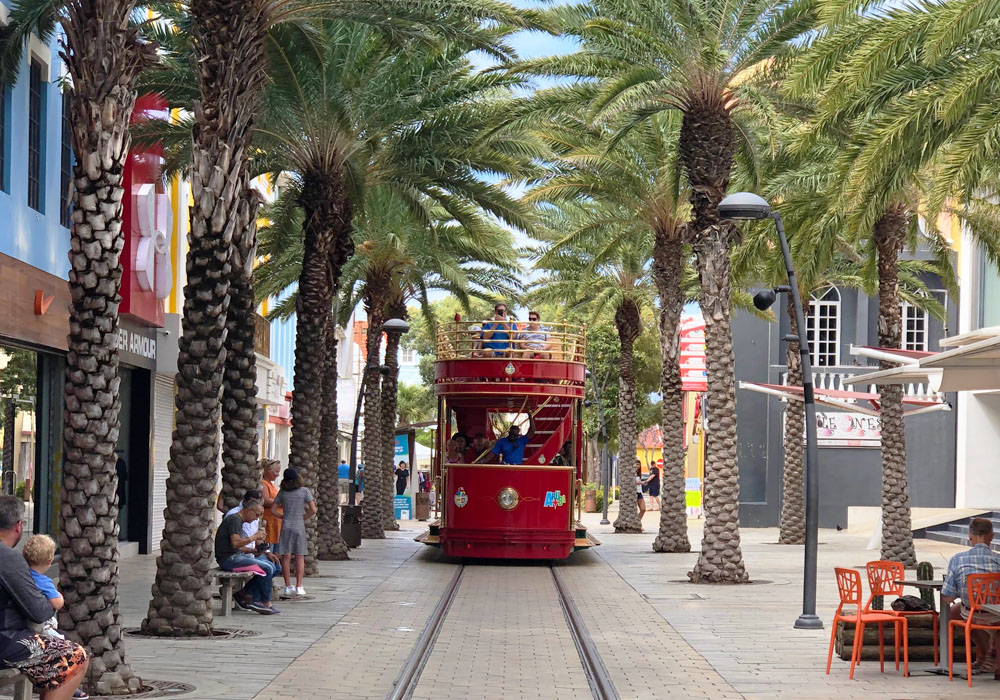
Trolley, Oranjestad
Aruba is a small island at only 20 miles long and five miles wide, which makes getting around to different attractions, beaches and restaurants a breeze.
Transportation from the Airport;
To get from Aruba’s Queen Beatrix International Airport (AUA) to your accommodation, it will be easiest to take a taxi. Fares are fixed dependent on the area and can cost anywhere from $20 – $35. Each passenger is allowed one piece of luggage & one hand baggage (additional baggage will be charged at $2 per piece). You can also take a local bus, which are more like white vans with ‘bus’ written on top, across the street from the airport. A single fare is around $1.50 but depending on where you are staying on the island, you may need to transfer.
Bus;
There is a public bus service on the island, called Arubus, with a major line running up and down the main beaches. The central bus station is located in downtown Oranjestad, opposite the cruise ship terminal. It is affordable and reliable with busses running every 15 mins from 5:45am-6pm and every 40 mins from 6pm-11:30pm. Purchasing a ‘retour card’ good for two trips cost about $5 and day passes, which cover unlimited travel on all the routes, costs about $10.
Taxi;
There is no Uber or other ride-sharing companies in Aruba, instead you’ll find government regulated taxi’s. The fixed-rate taxis are a stress-free means of getting to and from most sites, especially if you intend to spend most of your vacation around your hotel. Before you get in, make sure to ask the driver what the cost of the fare will be to get to your destination, as taxis here are not metered, so it’s best to agree on the fare before starting your trip. Also note that on Sundays, official holidays and after 11 p.m. an additional surcharge of $3 applies.
Trolley;
When in the downtown area, you can use the cute double-decker ‘FREE’ hop-on, hop-off trolley. It cruises up and down the main street and makes six stops at monuments and museums along the way.
Rent a Vehicle;
If you want the freedom to explore all the island has to offer, consider renting a vehicle, at least for a few days. Rentalcars.com is one of the most comprehensive comparison websites that offers deals and discounts on rental cars, in Aruba and across the world. If you are planning on checking out the Arikok National Park on a self-drive tour, make sure to rent a jeep, as it can get pretty bumpy and there are areas that you just cannot access by car. Tourist rental cars have a ‘V’ at the start of their number plate, with this in mind it’s especially important to remember not to leave valuables on show in your car.
Aruba Traffic Rules;
In Aruba, they drive on the right side of the road (same as the US) so any anxious drivers need not panic about learning to navigate a vehicle on the opposite side of the road. It’s also worth noting that Aruba might have a few different road rules than you’re used to, such as no turning right on a red light. Speed limits and distances are posted in kilometers and an international drivers’ license is not required.

WHAT TO PACK FOR ARUBA
Aruba is hot all year round but its important to note that sometimes it can rain in the off season (although it’s usually brief and earlier in the day). One thing you can always count on though, is the wind. Those trade winds are no joke but also provide a welcome constant breeze.
Make sure to pack your summer clothes and of course a swimsuit, or two. I do strongly suggest to bring a sarong, they don’t weigh much and can be so useful for many things such as; wearing as a piece of clothing, covering yourself in holy places, a bed sheet, a towel, a swim cover-up, a blanket, a pillow, a scarf, a wind protector, a privacy screen or for shade. I cannot express to you just how many times a sarong has come in handy for me on my travels. It doesn’t matter where I’m going, warm climate or cold, I always pack a sarong and it is always well used. Another item, that is a must is a great pair of flip-flops. I’m obsessed with my Crocs Serena Flip Flops, which are super stylish, lightweight, easy to clean and don’t fall off my feet!
Don't forget to pack sunblock;
Undoubtedly one of the highlights of your Aruba trip will be hitting up the numerous beaches. Being relatively close to the equator, Aruba’s sun is strong and while the trade winds do a great job at cooling you off, the white sand and also the seawater reflects a lot of the sun’s rays. Likewise, even though the sky may be overcast, you could still be getting a good amount of those rays, so apply sunscreen even when cloudy. There are many alternative to liquid products nowadays and I personally use a Neutrogena Sunscreen Stick.
In addition, if you might have wandered if there are any mosquito’s on the island? The answer is YES and there are plenty of them! Rather than using sprays, I prefer to carry a solid mosquito repellent balm. It’s super convenient and it smells good too.
Packing Hacks;
One of my favorite ways to squeeze in more for my travels, is to roll up my clothes. To be even more organized I love to use packing cubes – that way I can take out the relevant cube rather than rummaging around at the bottom of my baggage.
Another way to further up your packing game is to use a Portable USB Vacuum Pump. This is a highly efficient and inexpensive way to reduce the volume of your clothes to only a fraction of their original size, simply by just removing the air.
Have you ever had to dump some of your luggage at the airport or shuffle items, from one bag to another, just before boarding your flight? Well, carrying a luggage scale with you will protect you against the excess baggage charges and ensure that you’re never again faced with any nasty surprises at check-in.
Another smart thing to have is a tracker to put inside your luggage or attach to your valuables. There are few different options but recently I started using Apple’s new gadget – AirTag.
What not to bring to Aruba?
Like in the rest of the Caribbean it is illegal to wear camouflage clothing, so leave the camo at home. It’s reserved for the military and will be confiscated, if found.

GROUP TOURS AROUND ARUBA
Aruba is a great place for for solo travel, the locals are friendly and helpful and as mentioned before, it’s one of the safest islands in the Caribbean. If traveling by yourself isn’t your jam though, I highly recommend G Adventures. They are a super reputable travel company, who have been around for a long time. The reason why I love G Adventures is because they have loads of different tours that cater to different age groups. They have tours for the young (18-30), wellness tours and even combo tours that take you to a few Caribbean islands, allowing you to explore a little further…

WHAT TO EAT IN ARUBA
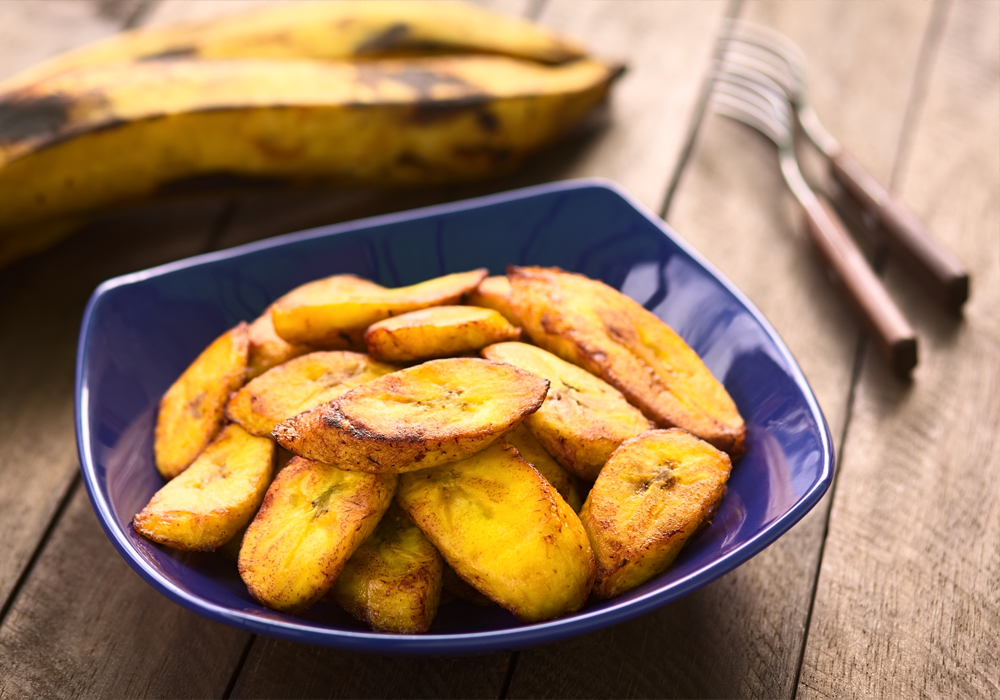
Fried Plantain
They say that it’s impossible to have a bad meal in Aruba, but what exactly is Arubian food, anyways? The Caribbean island of Aruba offers tropical beaches, pristine waters and adventures. What goes best with sun, sand and sea? Eating, of course! A multi-cultural blend of delicious flavors,
Tipping is not mandatory but welcomed in Aruba, however be aware that some restaurants will automatically add a 10-15% tip to the bill, so make you sure to check before you end up double-tipping.
KESHI YENA:
Keshi yena is a traditional invented by the slaves of this former Dutch colony. As the Dutch masters traditionally consumed Gouda or Edam cheese from the center, hollowing it out until only the waxed rind remained, it found its way to the slaves’ kitchens. They would then fill the center of the cheese with leftover meat and vegetables before baking it, until the cheese melted. Nowadays it is either steamed or baked, stuffed with spiced meat (normally chicken) and topped, of course, with more cheese. This dish offers a taste of history and culture in every bite, which many people consider to be Aruba’s national dish.
FRIED PLANTAIN:
Plantain is used in different meals in Arubian cuisine, most often served fried as a side to an array of dishes. The rich sweetness of the plantain enhances a salty harvest from the ocean, so it’s the perfect accompaniment to seafood feasts. It’s so tasty, though, that you can also order it as a main dish to thoroughly enjoy the crispy, caramelized flavor. Fried plantains are a traditional treat in many parts of the world. Trust me, try them once and you’ll be hooked!
Funchi:
Arubans love fried food! And who can blame them?! Funchi is yet another AMAZING food staple served as a side or an appetizer in Aruba, that comes in all shapes and sizes. It’s basically fried corn bread but, it comes with a delectable twist, it’s fried and topped with melted cheese or slathered in creamy butter.
CABRITO STOBA:
When you’re really hungry, you can’t go wrong with a local favorite, Cabrito Stoba; a popular hot comfort food, enjoyed by many Arubans. Cabrito Stoba is a goat stew in a tomato-based gravy, served with hearty potatoes, onions, garlic, hot pepper, nutmeg and sometimes a hint of curry. But don’t worry, if you don’t like goat, there’s also a beef stew called Carni Stoba, which is a great alternative.
CALA:
When you’re shopping, sight seeing or just looking for a different type of cocktail snack, there’s nothing better than these tasty morsels to keep you going. Cala is a spicy snack made of black-eyed peas. They are fried with batter and the result is a crispy, golden ball that’s the perfect bite-size to pop in your mouth. This tidbit is also known as the ‘edible souvenir of Aruba’, that is traditionally served piping hot.
COCADA:
For those with a sweet tooth, you’re never far from satisfaction in Aruba. Cocada is a coconut candy you can buy everywhere and stash away in your bag for late-night sugar cravings. Traditionally served on coconut shells, they’re made with fresh, grated coconut, brown sugar and lime juice.
Aruba's NATIONAL BEVERAGE:
Ok, technically this isn’t food, but you have to have a drink to wash down all these delicious foods – right?
If you are into cocktails then all you need to say is “Aruba Ariba” and you will be served a glass of a very exotic looking cocktail. It’s a sweet drink prepared with Coecoei (a local red Aruban liquor), vodka, rum, crème de banana, orange juice, cranberry juice and pineapple juice – which let me tell you packs quite the punch!
In addition, the most popular local beer, which is produced on the island, is Balashi and is best enjoyed cold and by the beach 😉
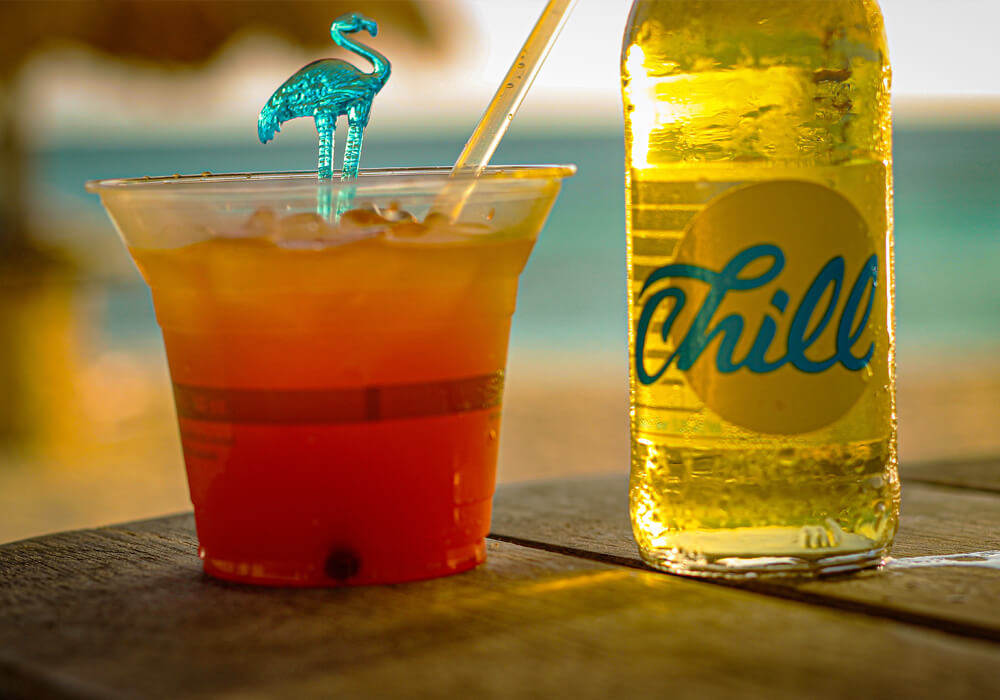
FOOD TOURS IN ARUBA
If you are a foodie fanatic like me and like to eat your way through a country, I recommend you go on a food tour. The local insight of the guides are amazing and they know all the best spots to visit!
Aruba Food Tour have both day and night tours to pick from, with the best way to explain the difference of their daytime tours and their night-time tours being that; the daytime tour is devoted to 80% history, culture, museums and 20% food and the night-time tours to 80% FOOOOOOD and 20% to light history, fun Aruban facts and a few monuments.

SUGGESTED READING FOR ARUBA
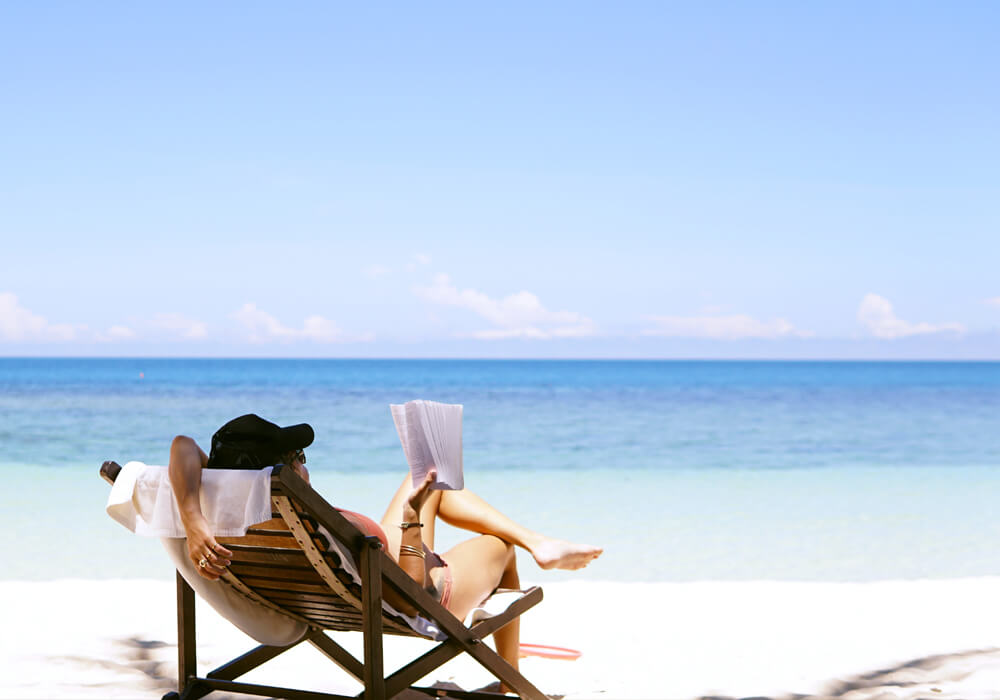
Long bus, train or plane rides can get pretty boring and can give you a lot of ‘dead’ time. Whether that’s on a plane, train or automobile – sometimes you need to find ways to keep yourself entertained. Personally, I have found that reading a good book is one of the best ways to pass the time and there’s nothing better than reading about the country you are in. In fact, sometimes reading a travel book can be as transformative as the journey itself.
Books about travel inspire us to go visit far off lands and imagine ourselves doing incredible things. Eat, Pray, Love is the book that actually inspired me to give up everything and start traveling the world!
This is my personal list of travel books that I recommend checking out before or during your trip to Aruba. They are sure to inspire wanderlust in everyone who reads them. ENJOY!
I love Lonely Planet for so many reasons. It’s perfect for getting initially orientated with a country and then goes on to provide fun and useful tips, interesting side stories, historical info, trip suggestions, route planning sections and contains plenty of must-see’s and hidden gems. Yes, Lonely Planet is the gospel of all travel guide books and if you’re really stuck LP can be a lifesaver, sometimes literally (available on kindle).
Whether you want to relax on the stunning beaches, explore perfect turquoise waters or live large gambling at the many casinos the local Fodor’s travel experts in Aruba are here to help! This full color guidebook is packed with maps, carefully curated recommendations and everything else you need to simplify your trip-planning process and make the most of your time (available on kindle).
The book tells of the island’ discovery, the early days and struggles, the gold rush, Lago Oil Refinery and prosperity, the Devil’s Island escapees arrival, the sinking of the German ship the Antilla and the U-boat attack on the island (available on kindle).
In Aruba, far from the sparkling beaches and glamorous hotels, lies a waning refinery boomtown of bar room brothels, flexible morality and one tourist trap known as Charlie’s Bar. Luz, a young Colombian mother works as a prostitute to pay off her family’s debt. She encounters Sam, an American expatriate looking to perpetuate his flamboyant youth. Together they find Captain Nathan Beck, washed ashore and barely alive after his tugboat sinks in a storm (available on kindle).
Not a reading book, rather a fun adult coloring book which is perfect for those long lazy days on the beach (not available on kindle for obvious reason, haha).
I travel light, so bringing books with me is not my preferred choice. That’s where the Kindle Paperwhite comes in incredibly handy. It is light-weight and waterproof – which means I’m free to read and relax at the beach or by the pool, without any worries.
There are FREE books you can get on Amazon for your kindle, such as my personal favorite; ‘Kicking Ass on the Road‘ The Ultimate Guide for the Solo Female Traveler.

MONEY SAVING TIPS FOR ARUBA
As I’m sure you do, I always like to save money wherever I can, on my travels. Here are some of my best money saving tips for Aruba;
Couch Surf;
Accommodation is not cheap in Aruba, so this can save you a small fortune! Use Couchsurfing to stay with locals who have an extra couch (or if you are lucky, a bed). You will meet great people that may be happy to show you around too. It is one of my favorite travel services out there and I always walk away with new friends.
House & Pet Sit;
Again, another great tip for cutting down on your accommodation expenses is Trusted Housesitters – a membership program that matches home & pet owners with travelers in trade for accommodation. The home is not left empty, the pets get to stay in the comfort of their own homes and the traveler gets to stay for free (a total win/win situation!).
Walk;
It is possible to walk in some areas of Aruba and certainly to explore the neighborhood you are staying in. For example, you can walk the entire length of Palm Beach in about 20 minutes – just be sure to cover yourself from the hot sun, wear comfy shoes and bring along plenty of water.
Cook your own food;
The food is amazing in Aruba, but eating out is expensive. If staying any length of time, I totally recommend visiting a local grocery store for snacks and meals. Also, if you’re visiting in October, you can enjoy ‘Eat Local Aruba Restaurant Month’; which is a celebration of the island’s authentic food at amazing rates!
Minimize your drinking;
Drinks add up, especially in Aruba (yep you guessed it, where they are not exactly cheap). Consider stocking up at a local liquor store and make sure to take advantage of the – MANY 2 for 1 ‘Happy Hour’ specials!
Take advantage of special offers;
Make sure to check out VisitAruba.com for their deals and special offers. Be sure to take advantage of the available discounts on accommodation, restaurants, activities, shopping and more.
Bring your own water bottle;
Aruba has some cleanest water in the world, so feel free to fill up your water bottle (no filter required). But, no matter where I go I always bring LifeStraw bottle with me. This way everyone can help with lowering pollution of the planet simply by re-using the same bottle many times while avoiding to pay for expensive, wasteful bottled water – especially at the airports where the amount they charge after clearing customs is outrageous!

FUN FACTS ABOUT ARUBA
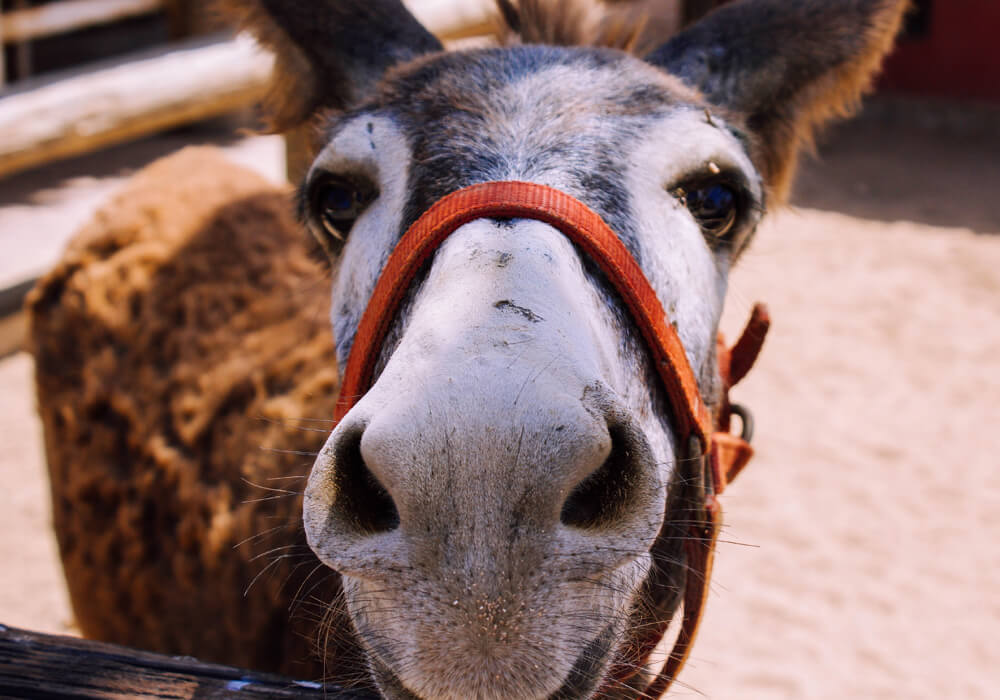
Aruba Donkey
There are wild donkeys
Aruba is home to wild donkeys and quite often you will come across them on the side of the road. There is also a donkey sanctuary for injured and mistreated donkeys, which you can visit and help support.
They love beach tennis
Never heard of it? Neither had I. It’s sort of like a mix of tennis and volleyball played on the beach. Why not give it a go…
Home to a rare species of burrowing owl
It lives in burrows in the ground hidden by cacti. It is one of Aruba’s national symbols and appears on the postage stamps.
Also home of the Aruban rattlesnake
The Aruban rattlesnake is one of the most endangered type of rattle snake in the world, with only around 230 left in the wild.
There are awards given for the repeat visits
If you visit Aruba for 10 years in a row you get an award and are featured in the local paper. You gain the official title of ‘Aruba Goodwill Ambassador’, if you visit for 20 years in a row.
You can visit an exclusive Flamingo Beach
There is a private island belonging to Renaissance Hotel where you can feed Flamingos on the beach, if you’re staying there. Major bucket list item here!
ABC Islands
Aruba, together with Bonaire and Curacao, form a group of islands called the ABC islands. Such a cute name!

FINAL THOUGHTS
Aruba offers something for every type of traveler and is alive with sights, sounds and culinary delights – just waiting to be discovered! You can ensure that you will be greeted at every corner, by friendly locals eager to welcome and embrace you.
Families will discover countless kid-friendly attractions and activities all over the island, with resorts and hotels offering tours, special kids’ programs and all-day camps. The island is also perfect for group, solo and couple traveling – with a perfect mix of activities, culture, nightlife and romantic vibes.
I truly hope that you’ve enjoyed my ‘Traveler’s Guide to Aruba’ and it helps you to plan your perfect D.I.Y. visit to this Caribbean paradise. Personally, I cannot wait to return to this ‘ONE HAPPY ISLAND’ where, I’m still dreaming of those powdery-soft white sand beaches and crystal-clear waters!!!
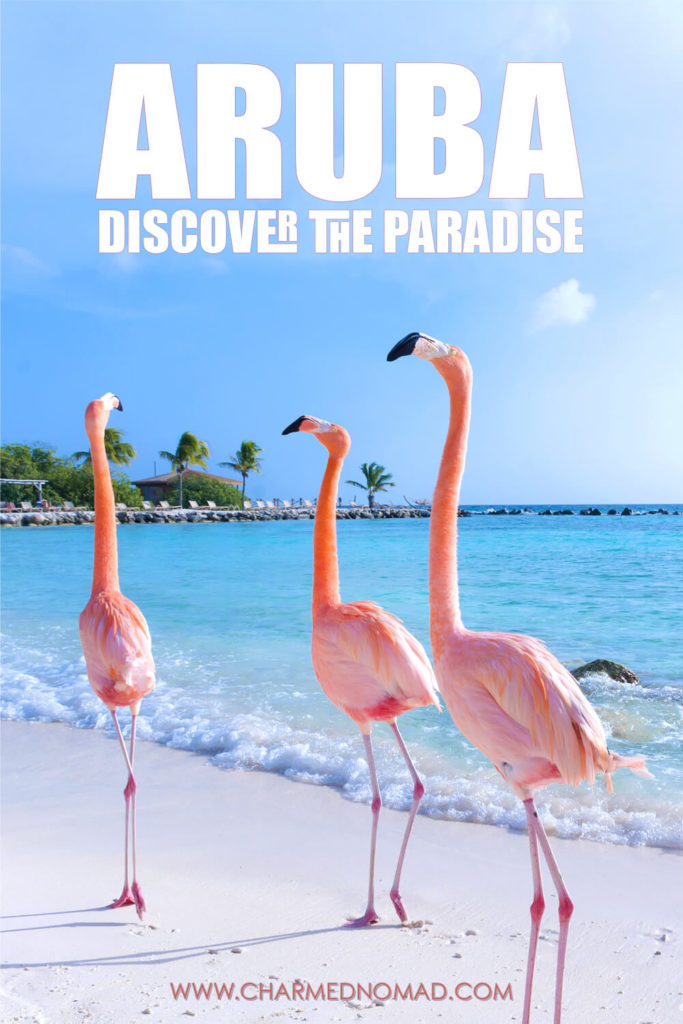
To see where I am in the world today and for more travel inspiration and tips; FOLLOW ME on Instagram, Facebook, Pinterest or join The Charmed Nomads community private Facebook Group.

Share it if you like it 😉

Hi, my name is Emma and I’m so happy to see you here. I hope to provide you with valuable information, travel ideas and inspiration. It’s an amazing world out there and I want to help you discover the very best of it!

If you would like to keep up with my latest blogs, exclusive tips, discounts, giveaways and more.






